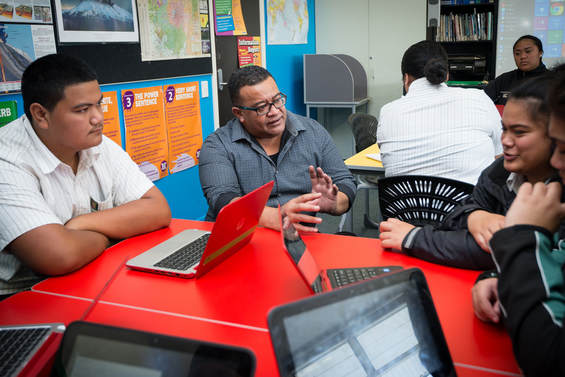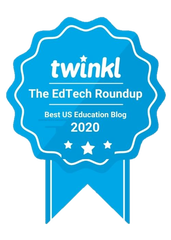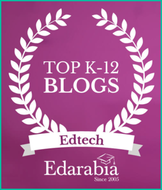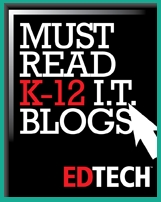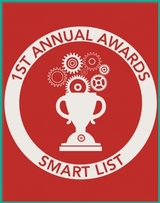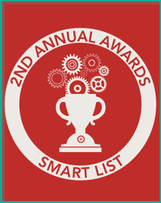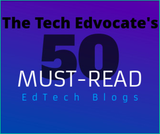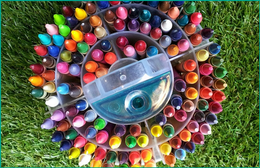
Even those in technical careers can benefit from an artistic perspective. QA Analyst Brandon Quan, for instance, states that his background in arts compels him to ask key questions before beginning a project, such as “How does the author/poet/playwright convey this idea in their text? What details and literary devices did they use in service of it? How do I tie this all together to convey my interpretation of the text?” These questions enable him to produce better work, since “interdisciplinary crossover can always bring in new perspectives that can lead to improvement in practices.”
So, given the analytical skills that come with creative collaboration, where should you get started?
Apps to Support Creative Collaboration
- Flipgrid: If you are looking for a way to bring students together through video discussion, Flipgrid is an excellent tool. Students and teachers can post short videos, engage in discussions, and interact with each other through the app. It's an excellent tool for brainstorming and getting ideas flowing.
- mysimpleshow: If you want a more straightforward (though not limited!) application for students to create presentations, mysimpleshow could be the solution you are looking for. True to its name, creating a presentation with this resource consists of just four simple steps. After answering a few questions, students are guided toward the most effective approach for conveying what they need to with the presentation. Students can use built-in visual assets or upload their own creations. They can even add audio tracks, which gives them the option of providing narration.
- Animatron: If you want to help students push their creativity in new directions, animation is a great outlet. This free resource gives students the chance to create animated presentations. There are built-in assets, though students with confidence in their creative abilities can create entirely original animations. Through groups of 2-4 students with designated roles, these projects can become excellent opportunities for creative collaboration. If you intend on using this in conjunction with Creative Cloud applications such as Adobe Photoshop, Lightroom, or Illustrator in your classroom, consider seeking Creative Cloud training if you are unfamiliar with the programs.
- GameSalad: If you would like a way to work across the curriculum and include computer science activities in your lesson, GameSalad is an excellent tool. Students can create interactive games and activities that demonstrate their understanding and that can be shared out with their peers. There's really no limit to what students can create and program with GameSalad and the application offers excellent opportunities for incorporating math and computer science into the curriculum.
- bulb: Finally, if you're looking for a way to showcase student work, give students opportunities to share their final products, and explore what others have created, bulb is an excellent application. Students can create portfolios, share their work, and even comment on each other's projects. It's perfect for bringing everything together in a digital space to share what they've done.
Getting Started
Keep in mind, however, that you don’t need to lean on an Ed Tech solution for every project and that you should get started early in the school year. One particularly dreaded first-week assignment is the “essay about myself.” You can turn this assignment into an exciting introduction by having students create murals out of photos from important times in their life and of family members and friends. While most photos will likely be digital, it may be helpful to teach students how to properly scan old photos. After introducing themselves to their peers through their own murals, the individual projects could be combined into a larger mural on the classroom wall. This is a great ice breaker, as well as a way of giving students a sense of ownership of the class space.
Educators today have access to an unprecedented array of (often free) resources. These platforms streamline technical components of content creation and give students an opportunity to collaborate on presentations that demonstrate their learning. Explore some of these ideas and applications today and see what they can do for your classroom.
----------
About the author:
Bob Hand is a blogger from Boise, ID. He studied English with an emphasis on Secondary Education at the University of South Carolina, and continues to keep a pulse on current issues in education. His hobbies include reading and collecting vinyl records. You can follow him on Twitter @bob_hand567.

